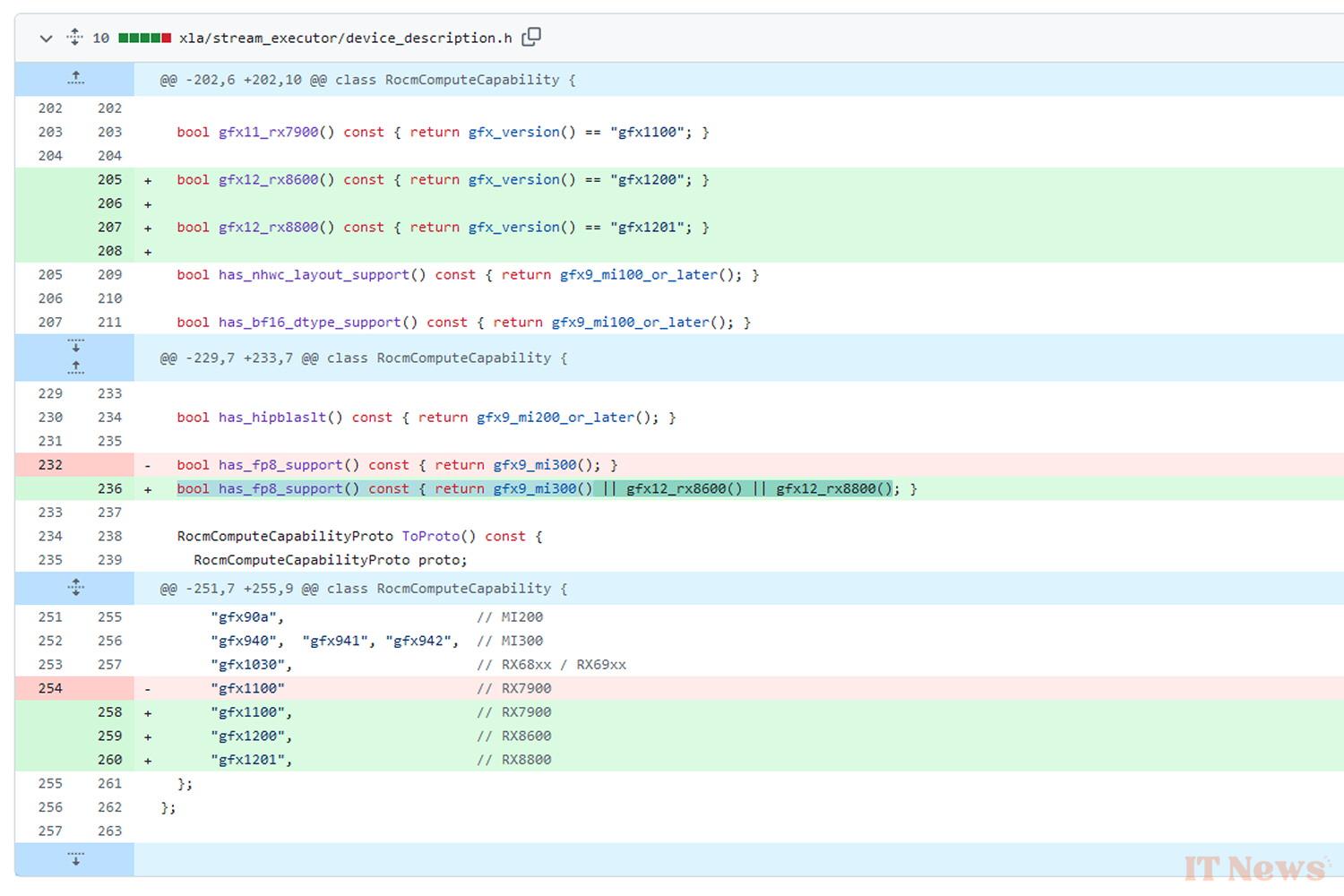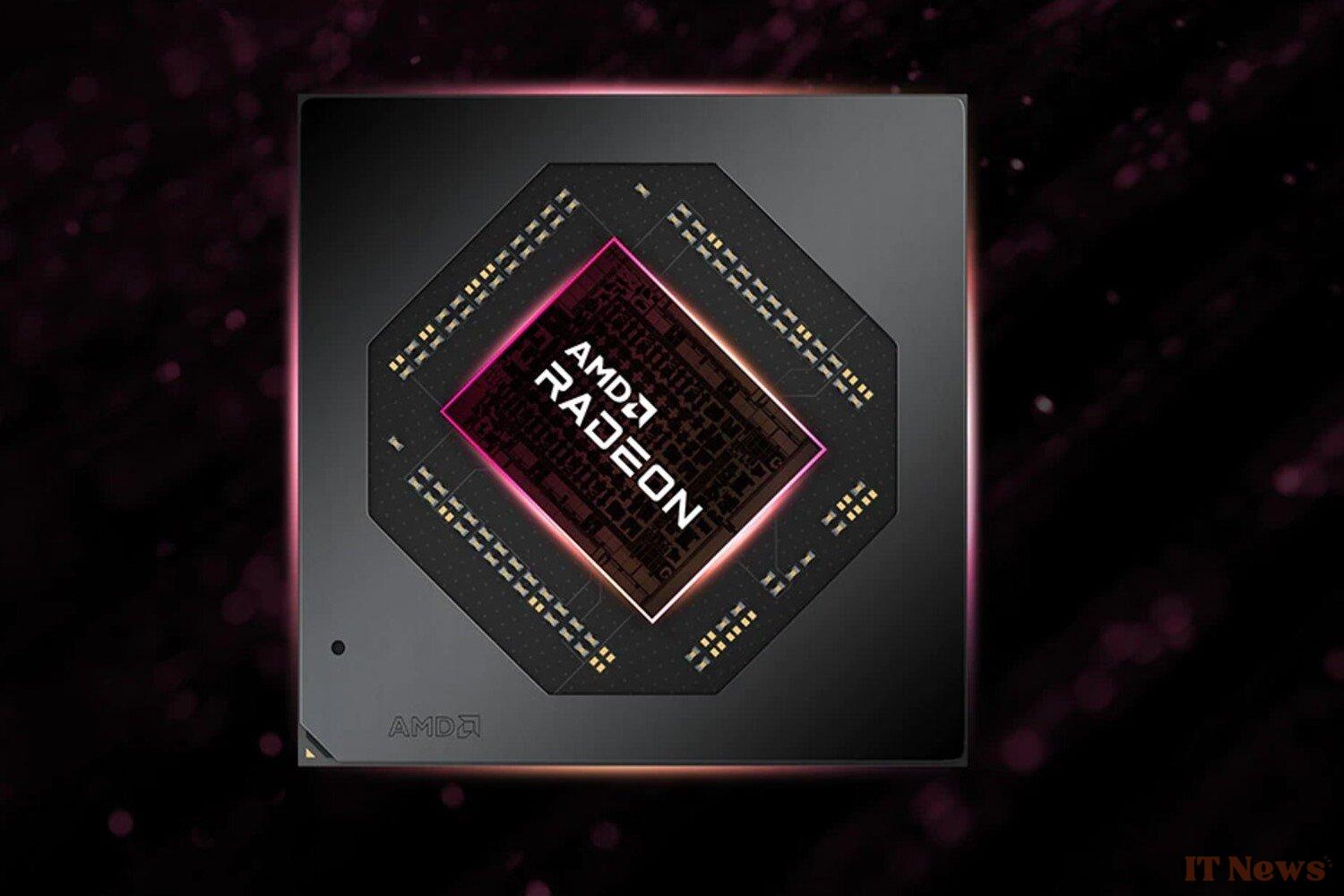The development of new generations of graphics cards often takes place in the shadows, fueling rumors and speculation for months. It is in this context that the appearance of the Radeon RX 8600 and RX 8800 in the source code of ROCm, AMD's software platform dedicated to high-performance computing, practically confirms the existence of these two models based on the RDNA 4 architecture and allows us to glimpse the potential characteristics of these cards.
ROCm: a window on the future of AMD GPUs
ROCm, acronym for Radeon Open Compute Platform, is, as its name suggests, a software platform developed by AMD to exploit the power of its GPUs in high-performance computing, artificial intelligence and machine learning applications. Open source and directly accessible on GitHub, the ROCm code is therefore a mine of information regularly offering an overview of the projects underway at AMD.
The appearance of the names “RX 8600” and “RX 8800” in the ROCm source code is a strong sign of the progress of the development of these cards. The references to these models, associated with the mention of the Navi 4X architecture (RDNA 4), leave little room for doubt as to their existence and their upcoming integration into the ROCm ecosystem, and therefore their imminent addition to the manufacturer's catalog. This discovery confirms the rumors and leaks that have been circulating for several months, and allows us to state with more certainty that the launch of these cards is imminent.

FP8: a major asset for AI and performance?
Analysis of the ROCm code also reveals a crucial element: support for the format FP8 (Floating Point 8-bit) for the RX 8600 and RX 8800. A digital data format used to accelerate calculations in artificial intelligence, FP8 allows more information to be processed in parallel while reducing energy consumption. The integration of FP8 into the RX 8600 and RX 8800 therefore suggests that AMD wants to advance the artificial intelligence capabilities of its consumer graphics cards. This feature represents a major asset for AMD, which still aims to compete with NVIDIA in the field of AI, and more specifically in upscaling assisted by artificial intelligence. In practice, this could translate into a future improvement of AMD's FidelityFX Super Resolution (FSR) technology, intended to increase the definition of games while preserving visual quality.
The appearance of the RX 8600 and RX 8800 in the ROCm source code in any case reinforces the probability of an official announcement of these two cards at CES 2025, which will be held in early January. Coincidence (or not), AMD has just confirmed that a press conference will be held during this event…
Source: Github (ROCm)



0 Comments